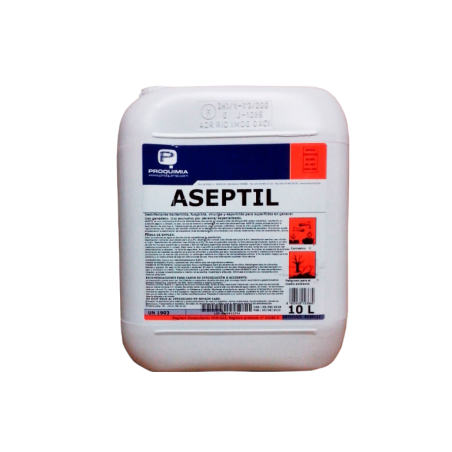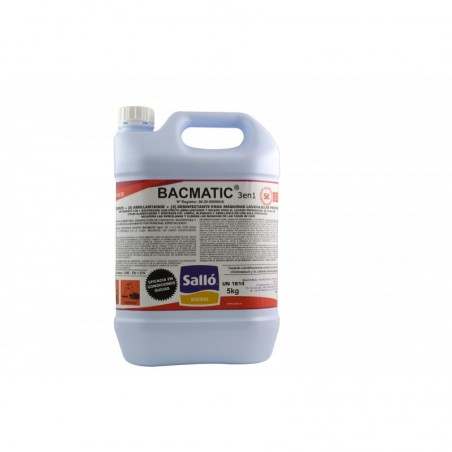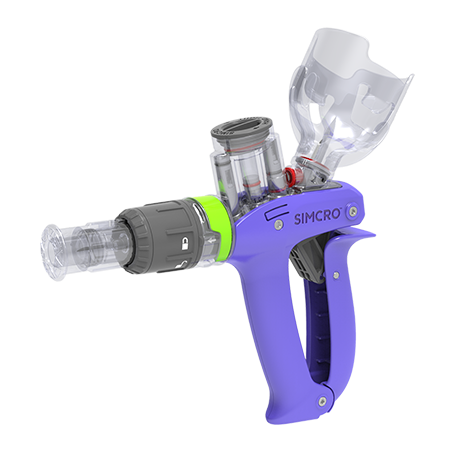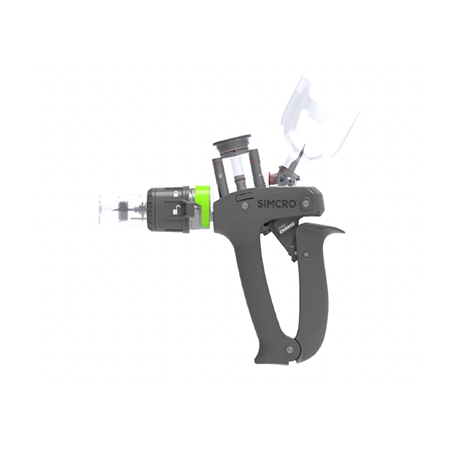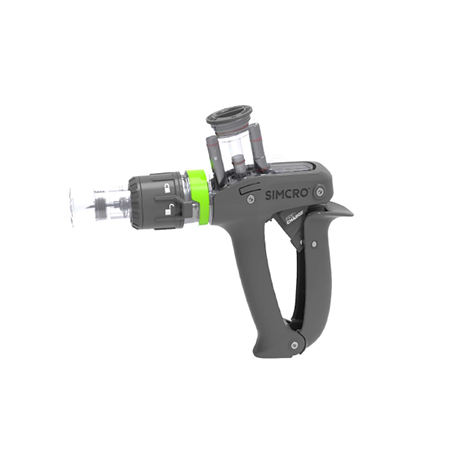Porcine reproductive and respiratory syndrome (PRRS) is one of the most economically devastating infectious diseases of swine. The impact is caused by the reduction in reproduction and production parameters as well as increased medical costs.
In longer terms, costs of a persistent PRRSV infection of growing pigs can range between US$ 6.25–15.25 /pig according to data from the USA.

Nieuwenhuis et al (2012) found significant variability of losses US$ 3–160 /sow/year when comparing nine PRRS-affected herds 18 weeks after an outbreak.
According to recent calculations, the estimated losses due to PRRS in Hungary are close to 5 billion HUF (≈12.5 M€) per year, thus the Pig and Food Chain Safety Strategy of the Hungarian Government (2013–2022) highlighted the need for the eradication of PRRSv from the Hungarian domestic swine population. An essential part of the abovementioned strategy is that pork production is of major importance for the Hungarian agricultural economy despite the significant decline of the swine population in the past years (Figure 1). Following the successful implementation of the Aujeszky’s disease eradication program, elimination of PRRSV from each pig in Hungary would greatly facilitate the growth of market opportunities.

Pig breeding in Hungary has been characterized by the parallel presence of two different forms of farming for many decades. Large-scale pig farms produce pigs for the market, while individual farmers (backyard farms) keeping one or two sows and a limited number of pigs for fattening (1–10) typically raise pigs for own consumption. In 1997, the number of pigs living in backyard farms was 53.7%, while in 2016 it was only 24.2% (Central Statistical Office). Hungary has a relatively large herd size (2933 animals/herd in 2016) in large-scale pig farms (Eurostat), with >85% being farrow-to-finish type. According to the slaughterhouse data, the average live weight of a pig at slaughter is 104–118 kg and the carcass weight is 83–95 kg.
The legal background of the eradication program was set out in Decree 3/2014 (16 January) VM of the Minister of Rural Development, that has been approved by the competent committee of the European Union. The PRRS eradication program for pigs in Hungary is based on a territorial approach. This means that PRRS should be eradicated from the entire pig population of a single administrative unit (district, county, and region) within a specified period. This is the only approach by which the infection or reinfection of PRRSV-free pig herds can be avoided with high probability. The Decree specifically defined which pigs have to be considered PRRSV-infected or suspected of being infected. The regulation made PRRS a notifiable animal disease in Hungary. The main principle of the decree is that each large-scale pig farm and each backyard farm has to be certified by the district veterinary authority regarding their PRRS status.
The National PRRS Eradication Plan specified the establishment of separate PRRS eradication plans for each large-scale pig herd, including large breeding swine farms. The eradication plan was approved by the competent local veterinary authority. The tests, required for certification, were carried out at state expense. Based on the results of the examinations, the herds were certified by the veterinary authority. The definitions have been updated in 2017 according to the World Organisation for Animal Health (OIE). The international PRRS regulations in the Terrestrial Animal Health Code and the concept and category of “vaccinated free” (VF) large-scale breeding herd have been introduced.
The decision stated that only PRRS-free breeding animals and also nursery pigs could be imported to Hungary for fattening.
The average number of imported pigs was around 700,000 head in that period.
The Eradication Phase of the process began in November 2017. By 30 June 2018, according to the decision, all Hungarian large-scale fattening pig farms had to be certified for PRRS freedom. The owners of large-scale breeding swine herds had to work up and present an eradication plan regarding their herd with a complete freedom to decide whether eradication of the PRRS virus was to be carried out by complete depopulation-repopulation, herd closure, test and removal, etc.
In 2014 large-scale breeding farms in Hungary were classified regarding their PPRS situation (Table 1)
Table 1: PRRS status of large-scale breeding farms in Hungary in 2014
| No of farms | No of sows | |
|---|---|---|
| PRRS Free | 345 (73%) | 118,178 (63%) |
| PRRS Infected | 125 (27%) | 68,226 (37%) |
| TOTAL | 470 | 186,404 |
With the exception of 20 farms, all of them were of the farrow-to-finish type. During the period of the eradication process (from 2014 till 2021) 40 large-scale PRRS-free breeding farms became infected. So all together 165 large-scale breeding farms had to create their own eradication plan. Finally, 94 farms(with 69,111 sows) out of them successfully eradicated by depopulation/repopulation with a certain level of compensation from the authorities, six reached Vaccinated Free (VF) status. As for the other farms, some left the swine business, others were found to be seronegative during the certification process, or turned into growing- finishing units.
By the 15th of February 2022 and considering only the large scale operations:
- Free from PRRSV : 99% of farms, having 97% of sows
- Free of wild virus strain of PRRSV, the offspring is free of PRRSV while still vaccinating sows : six farms, (1 % of farms having 3% of sows).
After completing the eradication – to maintain the status achieved at whole country level – it is essential to regularly control the external biosecurity of the farms, and also to screen the breeding animals and their progeny in the breeding herds with laboratory blood tests every six months or if any suspicion arises. It is also fundamental to ensure that all the imported animals (breeding or fatteners) are free of PRRSV from the moment they arrive to a farm in our country by implementing a sequence of compulsory screenings at arrival and at later stages of the quarantine.








